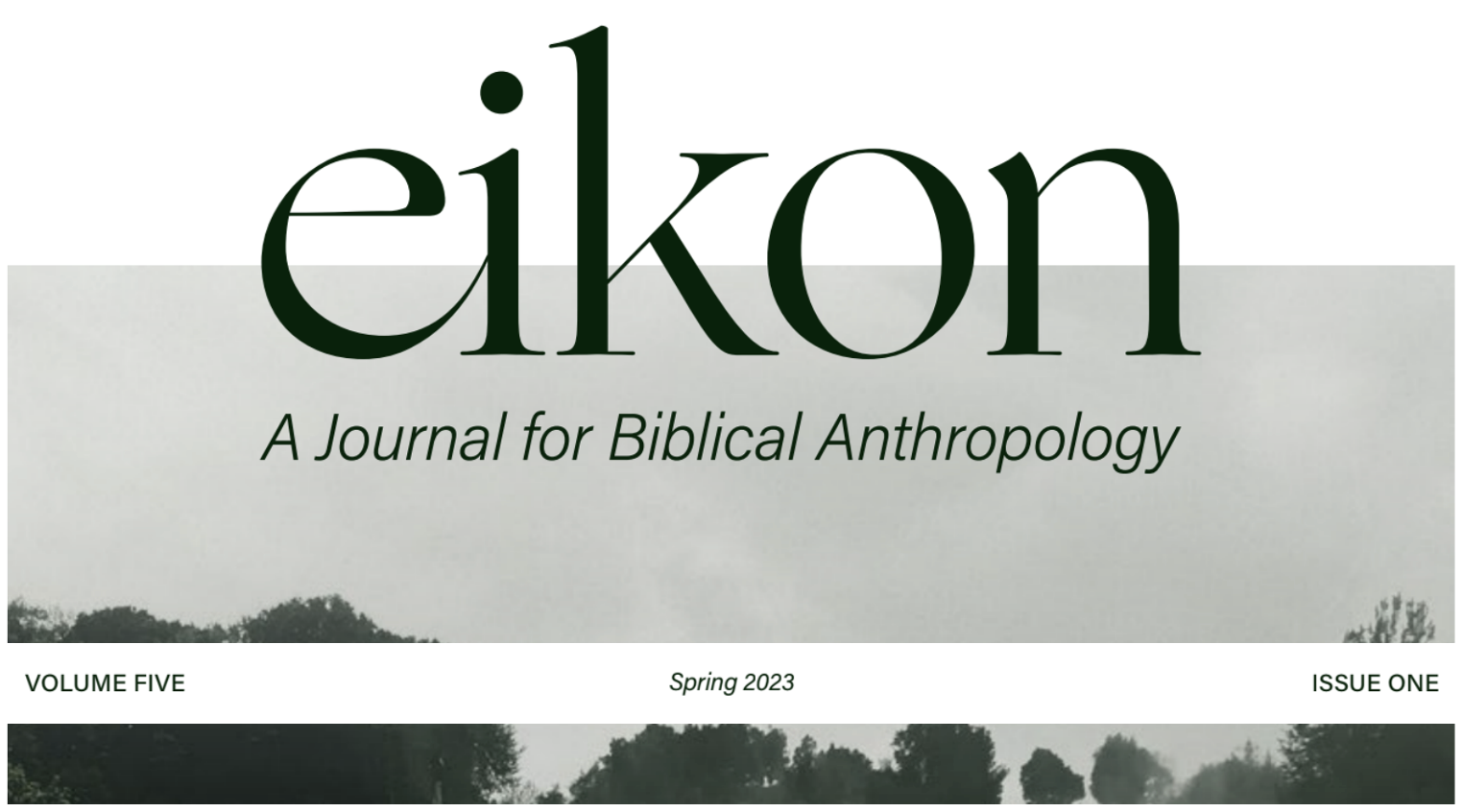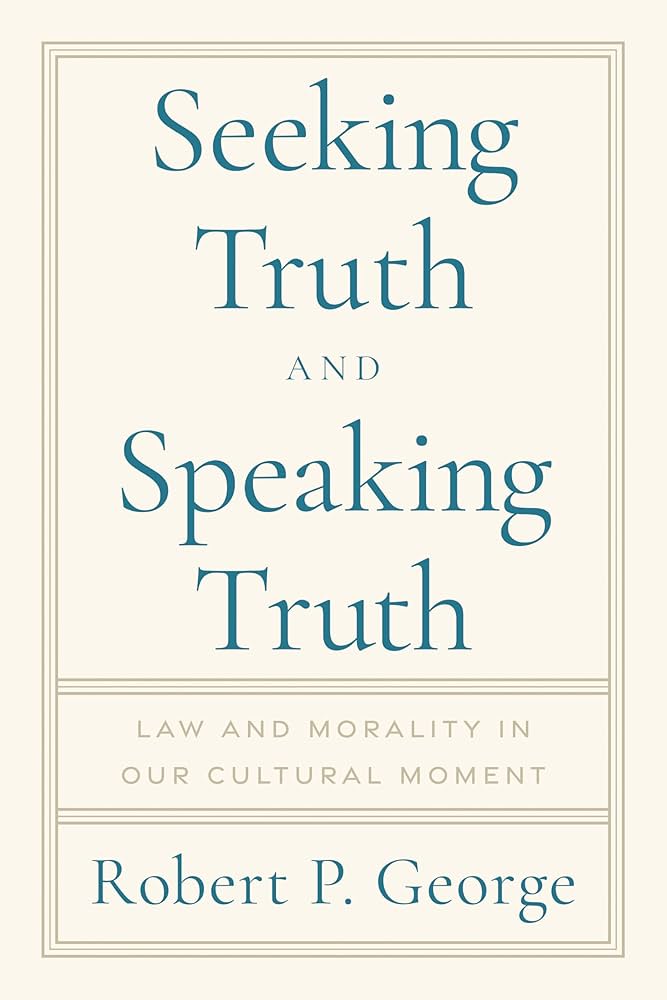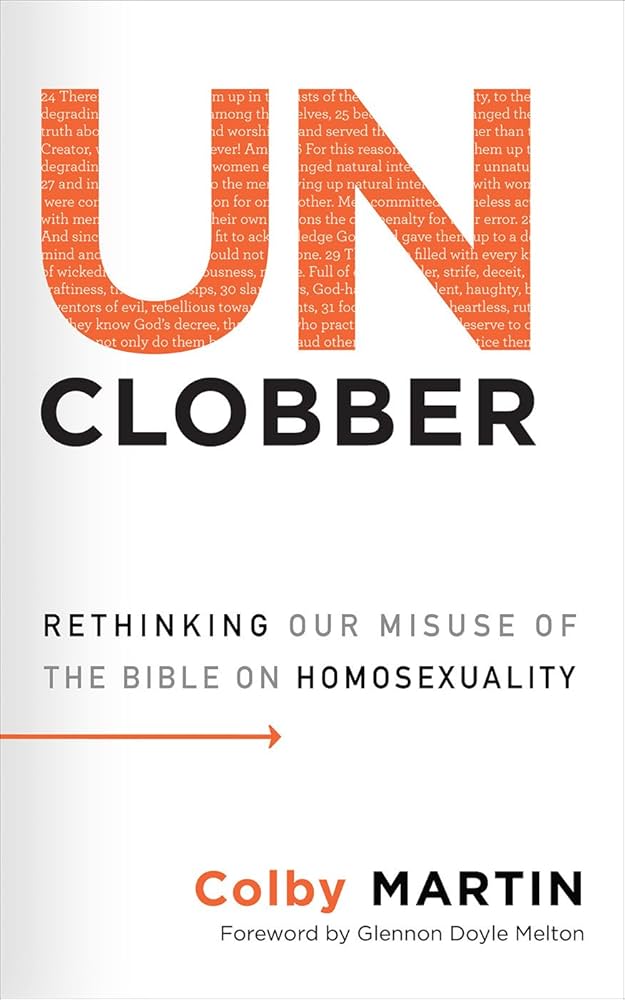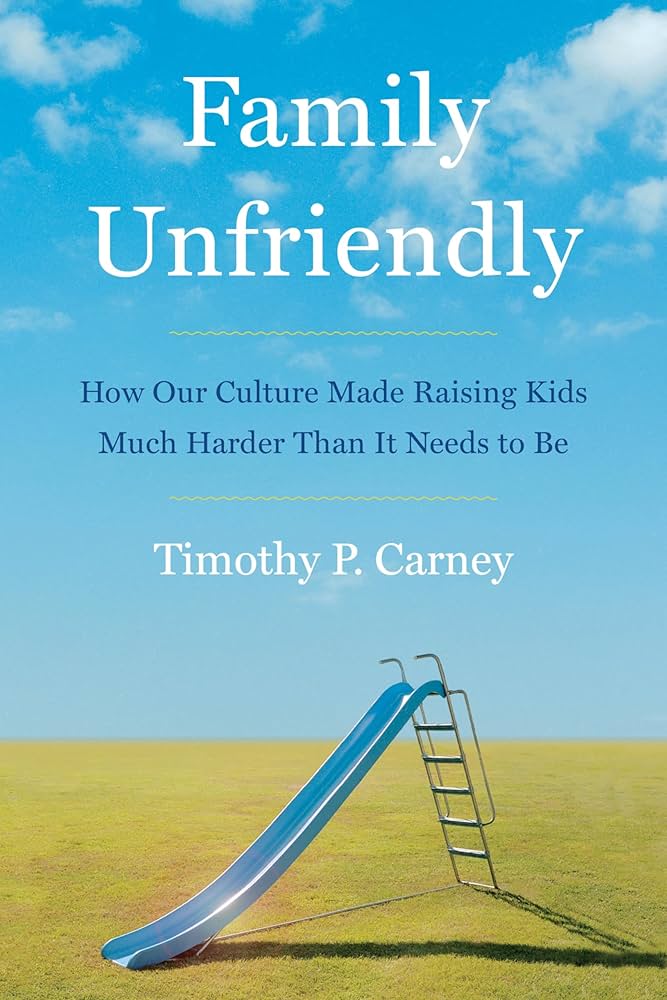
Chapter two of Discovering Biblical Equality is on “Gender in Creation and Fall” and is authored by Mary L. Conway. Much of her exegesis and interpretation represents a fair treatment of the text. Nonetheless, she summarises the teaching of Genesis 1–3 as follows:
In Genesis, before the fall, there was mutuality, equality, and harmony between men and women. Incorrect understanding and false teaching were influences contributing to the sin of Adam and Eve, although deliberate disobedience was certainly a major factor. The fall destroyed the mutuality and harmony between men and women, resulting in millennia of male domination in both the church and in marriage. In Christ, that consequence is undone, and the mutuality and harmony of marriage is potentially restored . . . if the church allows it (52).
So, neither male nor female has a leadership role in relation to the other sex or a responsibility that differs from that of the other sex in marriage. In the following essay, we shall consider features of Genesis 1–3 that suggest differences in leadership roles and responsibilities, although the term “domination,” in a negative or patriarchal sense, need not be invoked in any way.
We shall evaluate in particular Conway’s treatment of ’adam, the image of God, helper, the enticement by the serpent, and the consequences of human rebellion.
’adam
As Conway observes, the Hebrew term ’adam must be interpreted properly. She is correct to explain that “the Hebrew lexis ’adam is most often a nongendered/collective term for a specific human or humanity in general, male and/or female, unless its meaning is restricted by context” (36). In Genesis 1–5, this term shifts in usage from referring to humanity in general, to referring to the primal or archetypal man to use as a proper noun, i.e., Adam. Normally when this term has no article, it is used as a name. She does not refer to the definitive study by Hess that details this usage, which would have been helpful.[1] In 3:17 she follows a note in the apparatus of BHS to articulate the noun, although absolutely no witnesses support this in the entire textual tradition.
The Image of God
Anyone attending to the text in Genesis 1:26-27 ought to affirm as Conway does, as well as all complementarians,[2] that both male and female are made as the divine image and neither is inferior to the other — both are equal in being (ontology) and worth before God.
To explain “being made in the image of God,” Conway appeals to Middleton’s work as definitive proof that the implications of being created in Yahweh’s image are functional: “the imago dei refers to human rule, that is, the exercise of power on God’s behalf in creation” (38).[3] She rightly rejects the claim that being male and female defines the image of God. She could have strengthened her position by reference to our work in Kingdom through Covenant. Two clauses at the end of Genesis 1:27 are marked by discourse grammar signals as comments or explanatory footnotes that prepare the reader for the commands in v. 28. Also note the chiastic structure:
God created mankind in his image
according to his likeness:
A in the image of God he created him
B male and female he created them
======
B’ be fruitful and increase in number
and fill the earth
A’ and subdue it
and rule over the fish/birds/animals
Binary sexuality, i.e., duality of gender, is the basis for being fruitful, while the divine image is correlated with the command to rule as God’s viceroy. These observations from the discourse grammar of the narrative are crucial. They are decisive in showing that the divine image is not to be explained by or located in terms of duality of gender in humanity.[4]
Nonetheless, significant further light has been cast on the image of God since the work of Richard Middleton was published.[5] A merely functional interpretation is inadequate; we must view humanity in holistic terms as the divine image. The image describes not only function, but also human ontology and structure. In particular, it describes a covenant relationship between God and humanity on the one hand and humanity and creation on the other. The former portrays humanity as obedient sons and daughters while the latter depicts humanity in terms of servant kingship or leadership. Understanding the divine image as entailing a covenant relationship means that this applies not only to the human-God relationship, but also to the relationships in the human family. Not only in the Bible, but all across the ancient Near East, familial relationships were considered covenantal. This is why family language is used in international treaties (where the partners are called “father” and “son”). I have also shown from Genesis 2 that the image of God assigns the role of priest to humanity and that Adam must give leadership in this role.[6]
The image of God means that humanity is not only connected to God but must reflect him. Later revelation of the economic doctrine of the Trinity shows equality among the persons of the Godhead but also different roles in the economy of salvation. Why shouldn’t we expect this in the human family as well?
With regard to “naming” in Genesis 1–3 Conway asserts: “that the man (ha’adam) names the woman, as he previously did the animals, however, is also not a sign of the man’s superiority or dominance. Naming in the Old Testament is an act of discerning a trait or function or ability that already exists in the person being named, not a sign of authority over that person” (48). Her examples from Genesis 16:13 and Judges 8:31 are not particularly persuasive. She does not account well for the context of Genesis 1–3. In Genesis 1, God names entities and structures created on Days 1–3 while Adam names entities filling the structures created on Days 4–6. It is difficult not to see Adam in imitation of the rule of his Creator and fulfilling the divine image here. Moreover, Conway does not note that in 3:23 Adam names the woman but the name he gives her is perceived as the feminine form of ’iš (man, male, husband). He sees her as ontologically equal. The terms ’iš (man) and ’iššâ are paired in 3:23, but also ha’ādām and ’iššâ are paired in 3:25 as Conway acknowledges.
A Helper
When commenting on Genesis 2:18, “I will make for him a helper corresponding to him,” Conway argues that the term helper does not imply subordination or inferiority. She also states “The phrase kenegdô is best translated as ‘corresponding to him,’ a term that implies competence and equality, rather than subordination or inferiority” (41). Moreover, she claims that the term ‘ēzer may well derive from a related root meaning strong. The last point is bad linguistic method, because usage is determinative, not etymology.[7] The best and most recent lexicon of Hebrew also denies this connection.[8] Certainly, however, Conway is right that to describe the woman as a helper does not indicate inferiority. She has strengths that match the man’s weaknesses, and vice versa. They will have to work as a team, but this does not rule out the possibility of the man having a primary responsibility or servant leadership in the relationship. We are getting a one-sided picture from Conway, even if the woman pays a higher price than the man in the task of being fruitful and multiplying.[9]
Enticement of the Serpent
Let us now consider the enticement of the serpent and the consequences of human rebellion. For the enticement by the serpent, Conway seeks to establish two things: 1) false teaching by the serpent, and 2) a distinction between accidental sin (šegāgâ) and defiant sin (with a high hand) based on Numbers 15:22-31.
The discourse between the serpent and the woman (with Adam present) in Genesis 3:1-8 cannot be reduced merely to false teaching. Rather we have an anatomy of sin, externally, as disobedience to the will of God (“sin is lawlessness,” 1 John 3:4), and internally, as arising from unbelief in the word of God (John 16:8, Rom 3:18).
The anatomy may be detailed as follows. The serpent begins by questioning the word of God in Genesis 3:1 and in 3:2 Eve entertains the question. (Note that in Gen 3:13-19 Yahweh dialogues with the man and the woman, but he does not dialogue with the serpent). Eve’s conversation with the serpent is the only time that the term ’ĕlōhîm is used by itself. The covenant name of God is not used in their conversation for good reason. Second, we see a disparaging of the goodness of God. In contrast to the emphasis of 1:29 and the freedom of 2:16, Eve’s repetition of the command lessens it to a mere permission. She begins to think God isn’t really so great-hearted after all, because he does withhold some things from us. Third, she magnifies the strictness of God by adding to the command in 3:3. In her mind, she made the prohibition more severe than it really was. Fourth, she lessens the judgement of God with the statement “lest you die.” This is different from God’s statement in 2:17: “You shall surely die.” The certainty of God’s punishment is altered to a mere possibility. Conway admits the possibility of Eve receiving the command second-hand from her husband. Adam may not have passed on the command adequately. Fifth, the snake flatly contradicts the word of God in 3:4. The serpent quotes the word of God from 2:17 exactly and precisely and puts a negation in front of it. This is clearer from the word order in the Hebrew. Sixth, the serpent promises benefits from disobedience. He tells Eve that she will be like God, knowing good and evil. This was only a half-truth. He didn’t tell her how she would know it. They would know good with no power to do it and know evil with no power to resist it. Finally, there is deception and rationalisation. The fruit was good for food. The fruit was beautiful and pleasing to look at. It also gave insight and wisdom. According to 2:9, there was some truth in this deception.
In sum, this is no mere accidental sin or inadvertence, as we see in Numbers 15. Eve was deceived about the outcome or result, but not about defiant rebellion. And her deception does not remove her culpability in covenant disloyalty to God and her husband. But Conway is right that the text lays a greater responsibility on Adam and this is so because he has a greater responsibility in the covenant relationship. As Thigpen wisely notes, the man and the woman failed to subdue the earth.[10] The command “to subdue the earth” in Genesis 1:28 refers specifically to the inhabitants of the earth and not to agriculture as the lexical usage of kābaš clearly shows. Thigpen asks:
Returning to Genesis 3, might not the first proper targets of subduing be Adam and Eve themselves? What if Eve had chosen to rule over sin, to subdue herself? What if Adam had subdued the serpent? What if he had intervened and subdued Eve instead of merely standing with her? What if Adam had subdued himself when offered the fruit? Yes, the serpent needed to be subdued, but so much more so did Adam and Eve. They failed to love God and to love each other by failing to rule over their own sin in the first place, and by failing to intervene lovingly with one another.[11]
The verb “subdue” in 1:28 is a strong term addressed to “them” (second person masculine plural) and advised them that they would clearly face opposition in carrying out the mandate given to them.
The text tells us that Adam was created first, that the woman was given life from the man, and that the man was not created on account of the woman, but the woman on account of the man as Paul notes in 1 Corinthians 11. This cannot be explained solely in terms of source. And Conway’s examples of children who were preferred over the firstborn’s right of pre-eminence only proves this. Most telling is the fact that in God’s judgement are two things: God’s call in the garden is to the man (second masculine singular): “And Yahweh summoned the man (hā’ādām) and he said to him (3 masc. sg.), ‘Where are you?’” (2 masc. sg.). First, God arraigns the man, then the woman, then the serpent. And the judgements are given in reverse order, ending with the man. There is a higher responsibility for Adam. Second, in the judgement, God faults Adam for following the lead of his wife instead of giving leadership. The role of the man in the relationship is not dominance as in a patriarchal society, but he has the role of servant leader that comes with responsibility as a husband. Humanity’s representational reign should be caring and constructive, not domineering and destructive.[12]
The Consequences of Human Rebellion
As Conway admits, interpretation of Genesis 3:16 is difficult and the term “desire” only occurs three times in the Old Testament (Gen 3:16, 4:7, Song 7:11). We should note that the first sentence in this verse is a verbless clause, and the second begins with a disjunctive waw: “your desire was to your husband but he will rule over you.” A past tense suits the context for the first sentence; the second is in contrast to the first. This is not often observed. For the record, after examining all instances, I would argue that the verb māšal (rule) is generic in meaning and need not denote domineering. It is possible that Yahweh is reinstating the roles of husband and wife that went wrong in the Fall. No doubt the relation of the sexes is aggravated after the Fall, but Conway cannot show that this reading is impossible or even implausible. What provides strong support is the exact parallel in syntax and vocabulary in the account of Cain in Genesis 4. There, sin is a metaphorical lion lying in wait to spring upon Cain. It desires to rule Cain, but he must master/rule it.
Proper attention to the image of God and the details in the text reveal that humanity is called to a servant kingship. While the term “rule” (rādâ) is generic, the term “subdue” (kābaš) expects hostility and implies that this servant kingship may be costly. The man may have to fight to the death to subdue enemies that attack his wife and family. Conway’s vision of Genesis 1–3 seems to emasculate the good news of God’s kingdom heralded in the first pages of Scripture.
Peter J. Gentry is Senior Professor of Old Testament at The Southern Baptist Theological Seminary and Distinguished Visiting Professor of Old Testament and Senior Research Fellow of the Text & Canon Institute at Phoenix Seminary as well as Director of the Hexapla Institute at Phoenix Seminary. He has served on the faculty of Toronto Baptist Seminary and Bible College and also taught at the University of Toronto, Heritage Theological Seminary, and Tyndale Seminary. Dr. Gentry is the author of many articles and book reviews, co-author of Kingdom through Covenant, 2nd ed. (Crossway, 2018) and God’s Kingdom through God’s Covenants (Crossway, 2015), and author of How to Read and Understand the Biblical Prophets (Crossway, 2017). He recently published a critical edition of Ecclesiastes for the Göttingen Septuagint (2019) as well as Text History of the Greek Ecclesiastes (2022).
[1] Richard S. Hess, “Splitting the Adam: The Usage of ’ĀDĀM in Genesis I-V,” in Studies in the Pentateuch, edited by J. A. Emerton, (Supplements to Vetus Testamentum 41; Leiden, Netherlands: Brill, 1990), 1–15.
[2] Also affirmed in our work. See Peter J. Gentry and Stephen J. Wellum, Kingdom through Covenant: A Biblical-Theological Understanding of the Covenants, Rev. Ed. (Wheaton: Crossway, 2012), 2018.
[3] J. Richard Middleton, The Liberating Image: The Imago Dei in Genesis 1 (Grand Rapids: Brazos Press, 2005).
[4] Peter J. Gentry and Stephen J. Wellum, Kingdom through Covenant, 224.
[5] See Peter J. Gentry and Stephen J. Wellum, Kingdom through Covenant, 225-238, Peter J. Gentry, Biblical Studies, Vol. 1 (Peterborough, ON: H & E Academic, 2020), 1-24. The latter represents all new research since the publication of the revised edition of Kingdom through Covenant. See also Gavin Ortlund, “Image of God, Son of God: Genesis 5:3 and Luke 3:38 in Intercanonical Dialogue,” JETS 57/4 (2014): 673-88 and especially Catherine McDowell, “ ‘In the Image of God He Created Them’: How Genesis 1:26–27 Defines the Divine-Human Relationship and Why It Matters,” in Beth Felker Jones and Jeffrey W. Barbeau, eds., The Image of God in an Image Driven Age: Explorations in Theological Anthropology edited by (Downers Grove, IL: IVP, 2016), 35. See also her doctoral dissertation: Catherine L. McDowell, The “Image of God” in the Garden of Eden: the Creation of Humankind in Genesis 2:5–3:24 in Light of the mīs pî pit pî and wpt-r Rituals of Mesopotamia and Ancient Egypt (Shiphrut 15; Winona Lake, IN: Eisenbrauns, 2015).
[6] Peter J. Gentry and Stephen J. Wellum, Kingdom through Covenant, 246-253.
[7] D. A. Carson, Exegetical Fallacies, Second Edition (Grand Rapids: Baker, 1996), 27-33.
[8] Rudolf Meyer and Herbert Donner, et al. eds., Wilhelm Gesenius Hebräisches und Aramäisches Handwörterbuch über das Alte Testament, 18th Edition (Berlin: Springer-Verlag, 2013), s.v. עֵזֶר.
[9] Katy Faust and Stacy Manning, Them Before Us: Why We Need a Global Children’s Rights Movement (Nashville: Post Hill Press, 2012), 74-75.
[10] J. Michael Thigpen, “Flourishing, Justice, and the Gospel as “Subduing” the Earth,” in Human Flourishing: Economic Wisdom for a Fruitful Christian Vision of the Good Life, eds. Anthony R. Cross and Greg Forster, (Eugene, OR: Pickwick, 2020), 3–15.
[11] Thigpen, “Flourishing, Justice, and the Gospel as “Subduing” the Earth,” 9-10.
[12] Ibid., 4.
Share This Article


